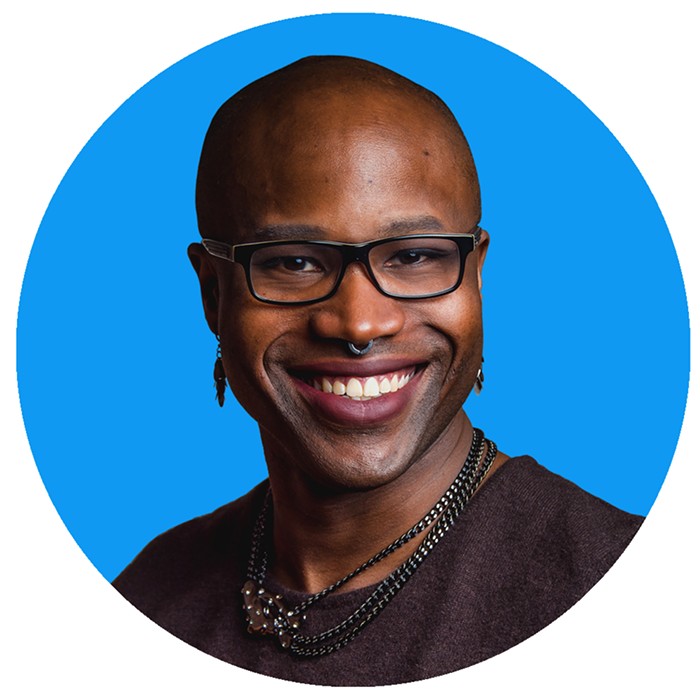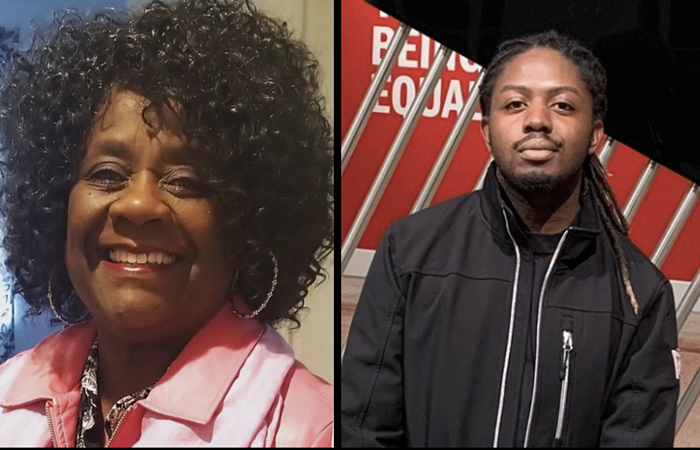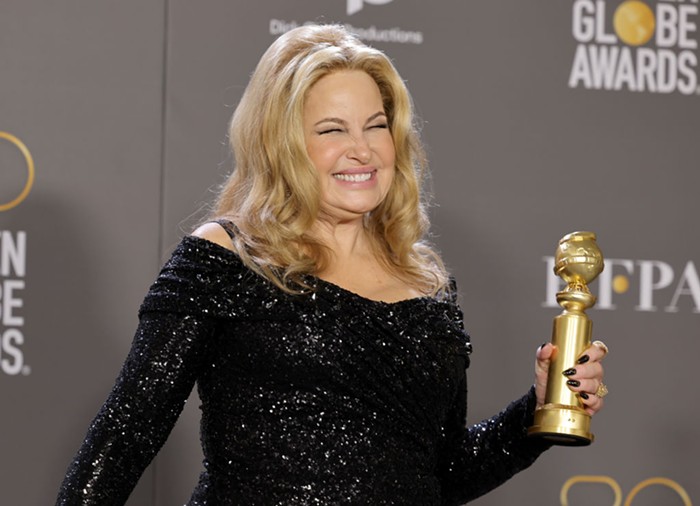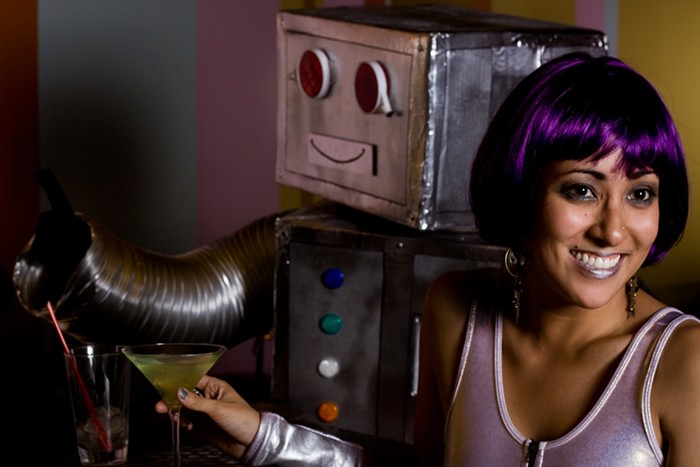
Happy Pride, Portland! This week, the Mercury is running a series of opinion pieces and personal essays from LGBTQ+ Portlanders on the theme Pride 2021: Queer Beginnings. As we emerge out of the COVID-19 pandemic, we're all re-evaluating and re-imagining things, and that includes queer life and how we observe Pride. Here's the fifth entry.
Every year, Pride evolves into something a little new. One thing that never seems to change—and perhaps never should—is the pride we take in our labels. Studs, leather daddies, butch queens, switches, otters, and all the rest: We love them all. Each of these esoteric labels declares our tribal allegiance. These labels belong to us, because they are borne of our collective imagination and limitless creativity.
However, for better or for worse, these self-ascribed labels remain virtually unknown outside of our own communities. As far as outsiders are concerned, we are simply lesbian, gay, bisexual, transgender, queer, intersex, and asexual. “The Alphabet People.” For the sake of brevity, we wear these labels with equal pride, though not one of them is of our own personal creation. Even when they can be derogatory, dehumanizing, or pathologizing, these labels have been assigned to us, no less than one’s gender at birth.
Of course, these “outside" labels retain a degree of strength and meaning, and I wouldn’t dare claim authority to tell anyone else which label (if any) to apply to their own identity. I would, however, argue that some of the language of Pride is in desperate need of revision. What follows are just a few of my least favorite terms, and a handful of possible alternatives.
The acronyms AGAB (Assigned Gender At Birth), AMAB (Assigned Male At Birth), and AFAB (Assigned Female At Birth) are not only obnoxious, but not entirely accurate. The generally accepted convention is that sex and gender are closely related, but distinct concepts. More troubling is that, among the cisgender majority, these terms are frequently used as a convenient loophole for misgendering, and who the fuck cares what gender someone assumed you were before you had even taken your first solid shit? To be fair, there are some rare cases when that information may be of use to a medical professional. In those cases, I feel ASAB (Assumed Sex At Birth) is more accurate and better communicates the question being asked: What sex were you assumed to be based solely on your little newborn genitals?
Next up is the term “transition.” As true as it may be that some people transition from one gender to another–gender being fluid and all–I despise the term being applied to my own journey. I much prefer “reconciliation.” Even among transgender friends and associates who have never experienced dysphoria, there were readily available (and often visible) clues. I can confidently say for myself that reconciling my gender has changed nothing about my behavior, thought patterns, or preferences. All I’ve done is reconcile who I am with what everyone else can see.
This next one might ruffle some brightly colored feathers, but hear me out. I've never much cared for the term nonbinary—not even when I identified as such. First and foremost, that label assumes the gender binary to be an actual thing, and then defines a wide range of gender experiences by the very thing they are not. I understand that for some, the nonbinary label fits—but personally, I much prefer “gender expansive.” It’s more accurate, self-defined, and sounds as awesome as nonbinary people themselves are. Plus, it’s already an accepted term, and doesn’t sound clunky as a noun. Yeah. I can fux with that.
This last one is absolutely non-negotiable (for me). Throughout the 1980s and 1990s, researcher and psychologist Ray Blanchard—who is neither a cis nor trans woman—coined and popularized the term and concept of autogynephilia, in an effort to distinguish what he saw as the “two kinds" of trans women: “homosexual trans women" (those attracted to men) and “autogynephilic trans women" (those not attracted to men). Let’s just go ahead and start with that…
[Trans] women who are attracted to men (of any kind) aren’t homosexual—they’re women who are attracted to men, and may even choose to identify as straight. Trans women attracted solely to women (of any kind) are lesbians. If attracted to multiple genders, we are bisexual. If attracted to all genders, we are pan- or omnisexual. (Personally, I prefer omnisexual, because it eliminates any ignorant puns.) If attracted to no one, regardless of gender, we are asexual and/or aromantic. Point being, there are more than two kinds of transgender women—and, for fuck’s sake, at least get our orientations right. More broadly, autogynephilia is defined as “experiencing arousal from seeing oneself as a woman.” In other words, autogynephilia could be better defined as “experiencing sexual arousal from properly gendering oneself within the context of one’s sexual fantasies.” As I hope anyone can see, this definition renders the word completely useless. It’s beyond time to toss this one out.
Whether or not you agree with any of these suggestions, and regardless of whatever labels we claim, prefer, or feel you can tolerate, I hope we can all find affirming language to fill our hearts with Pride.













